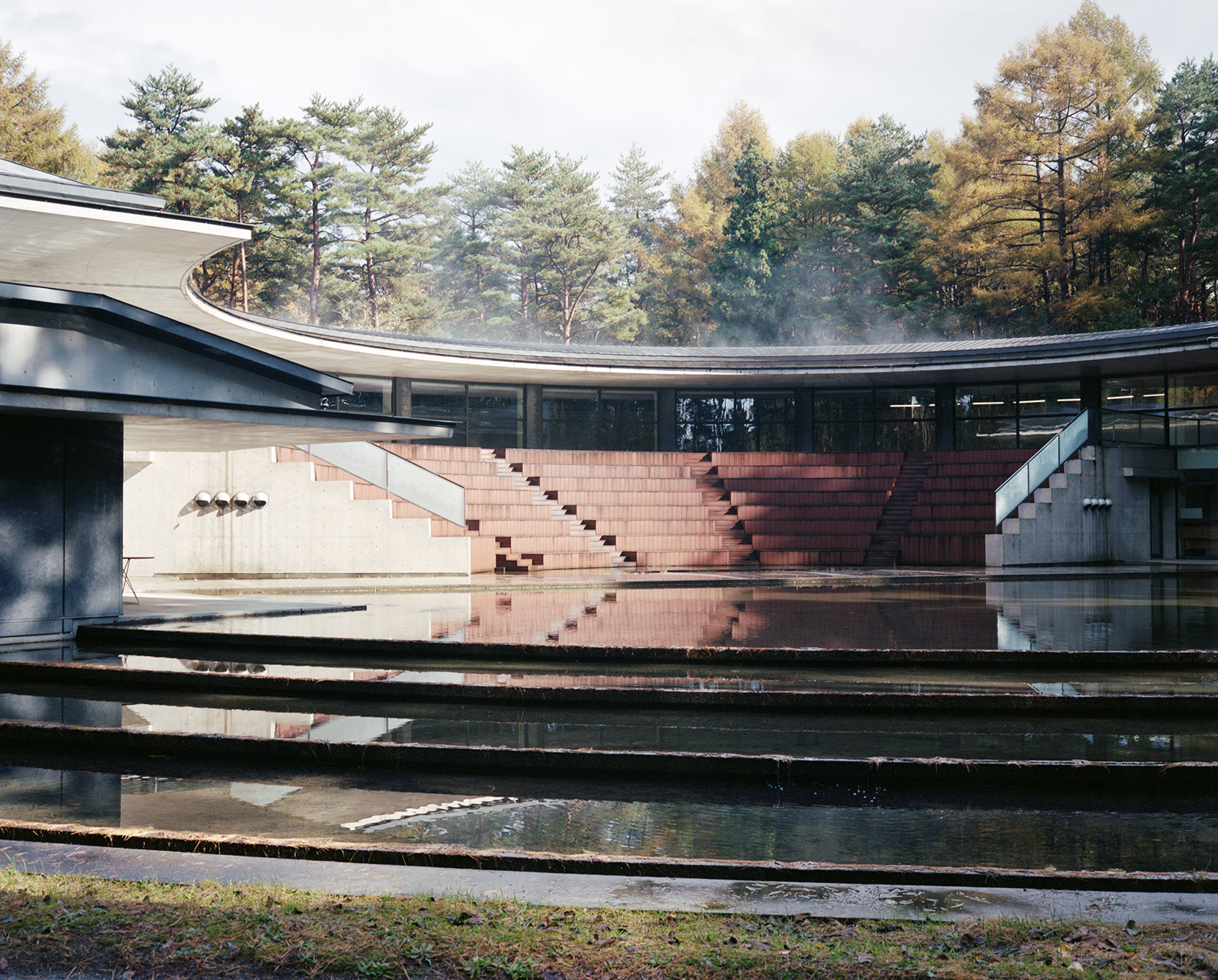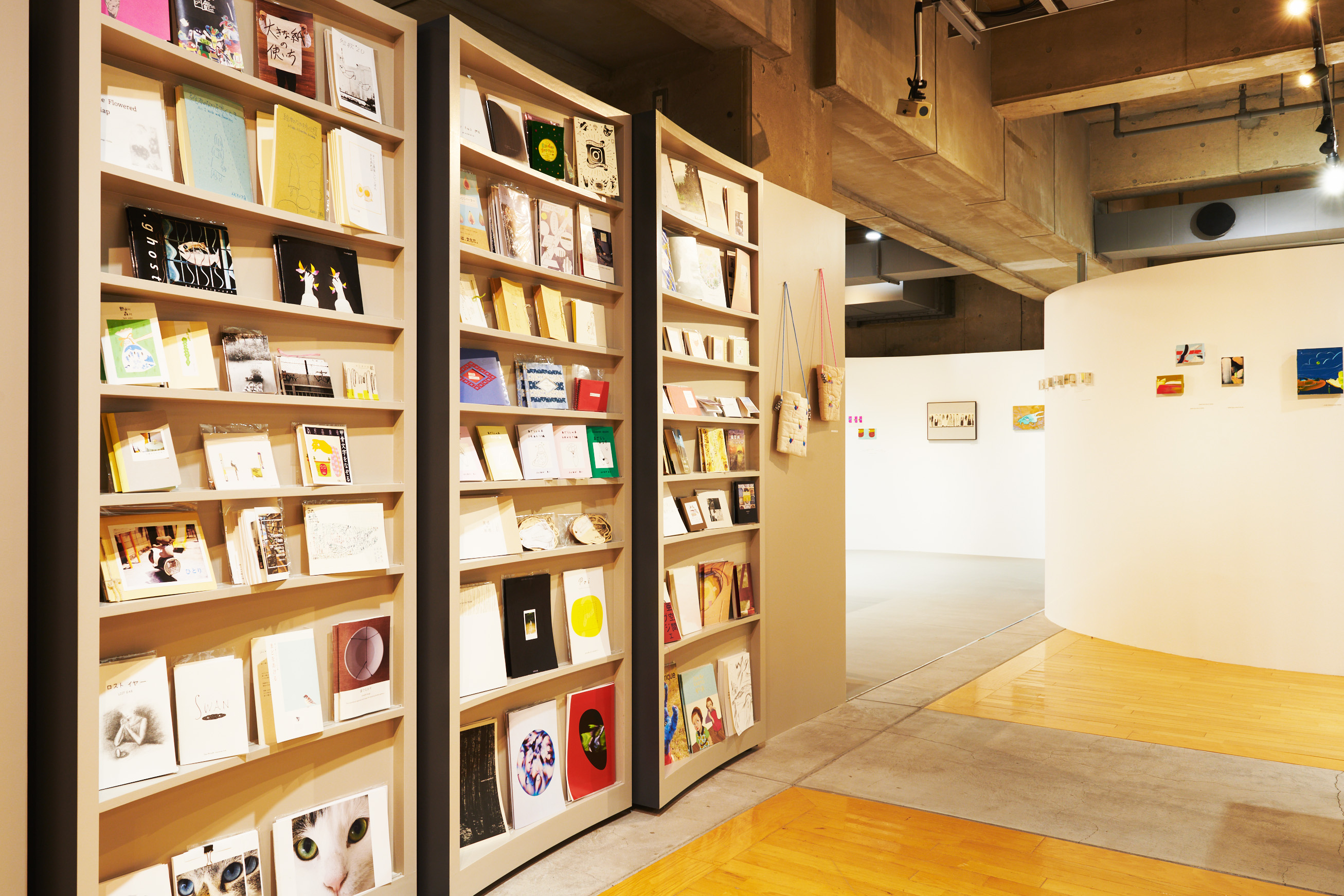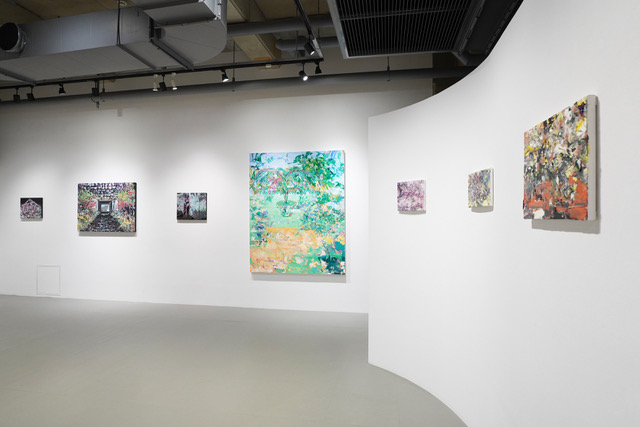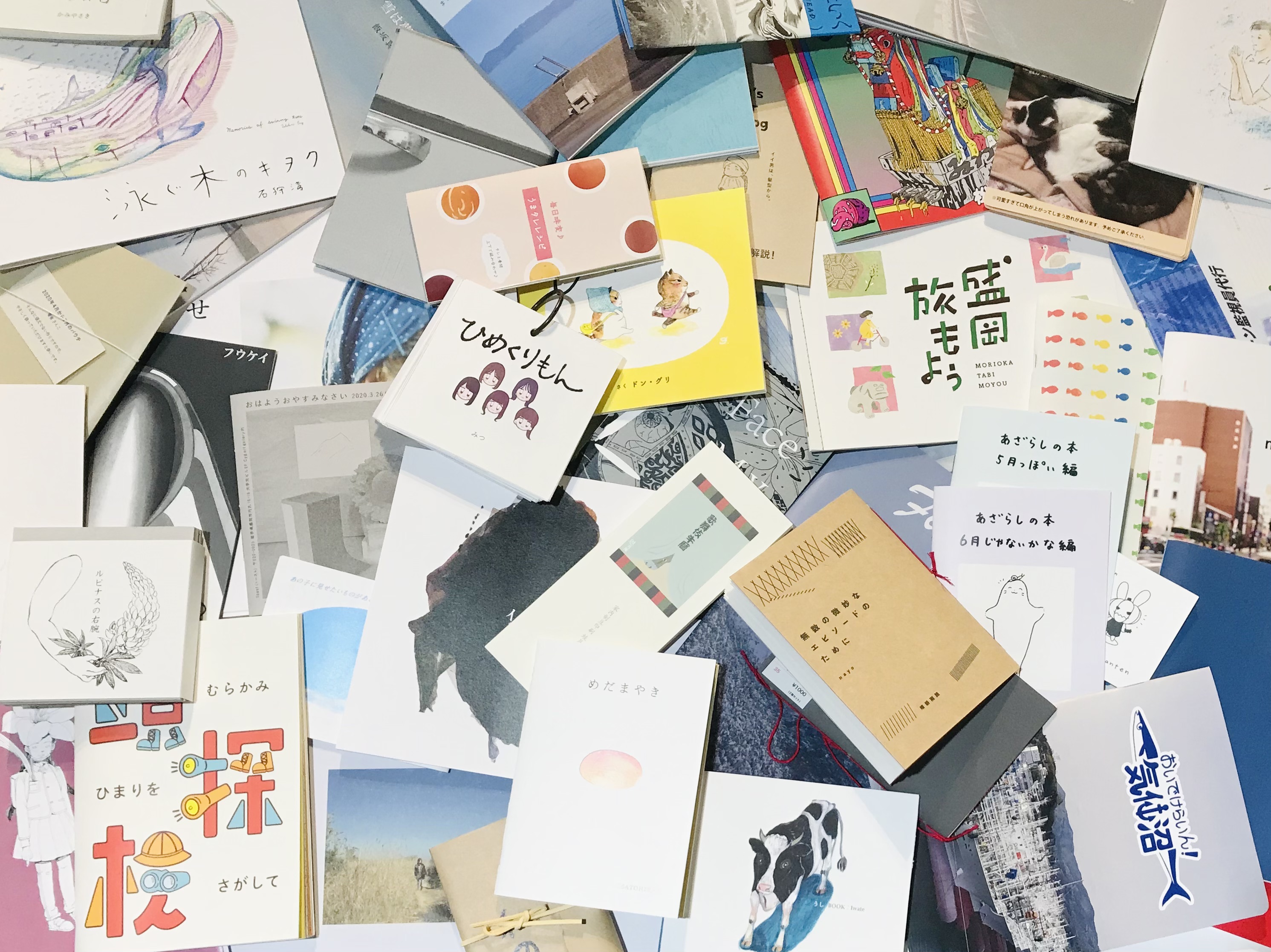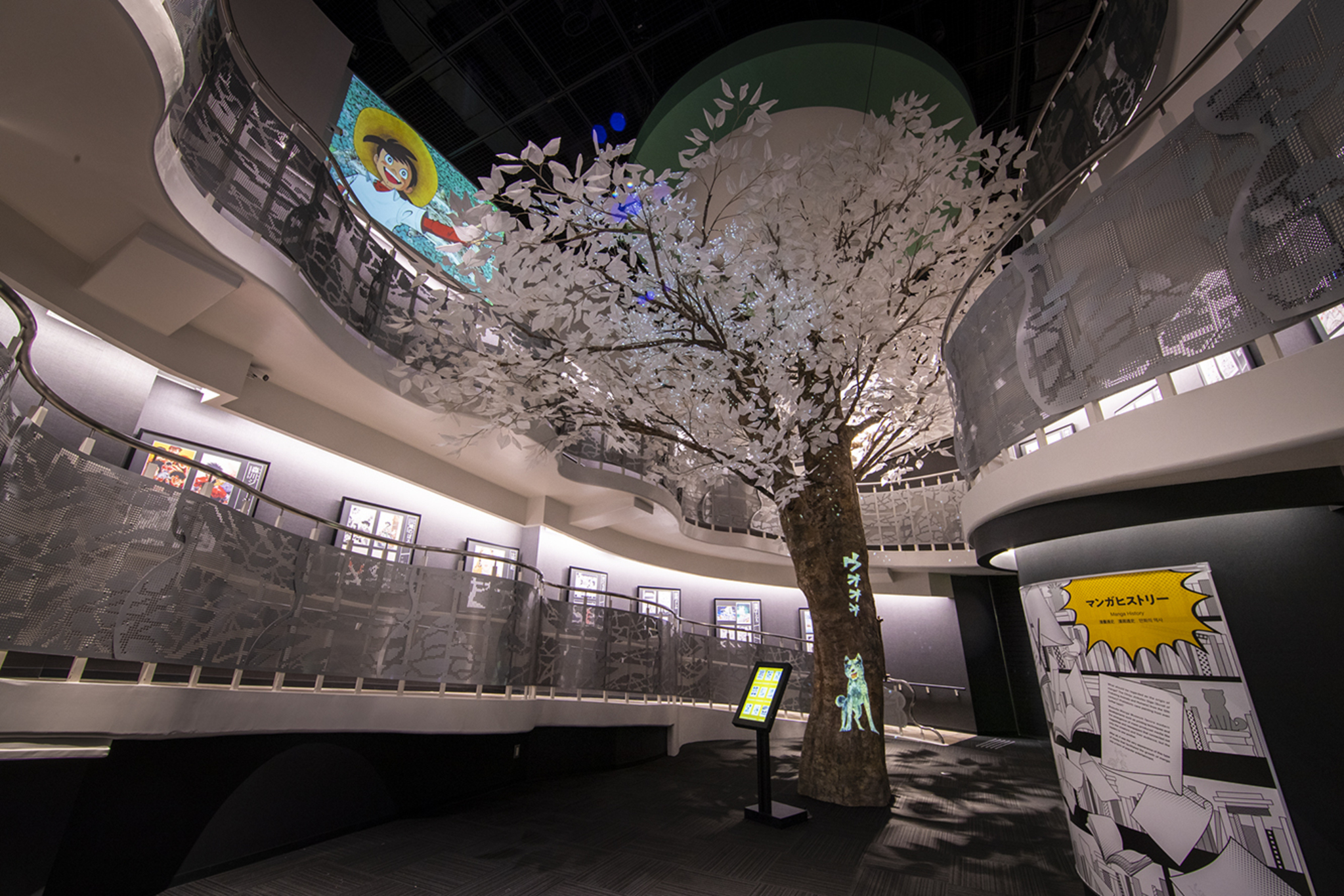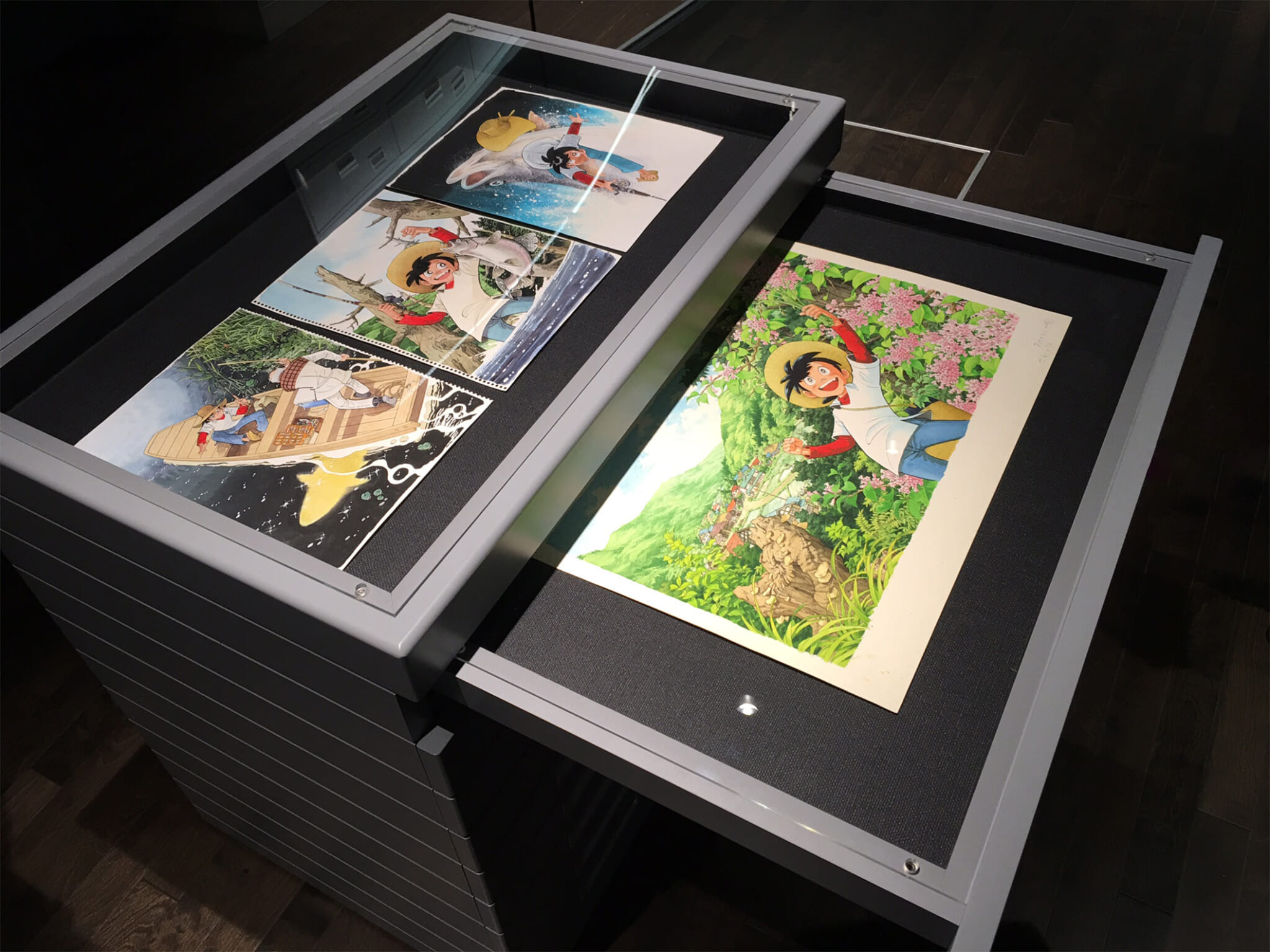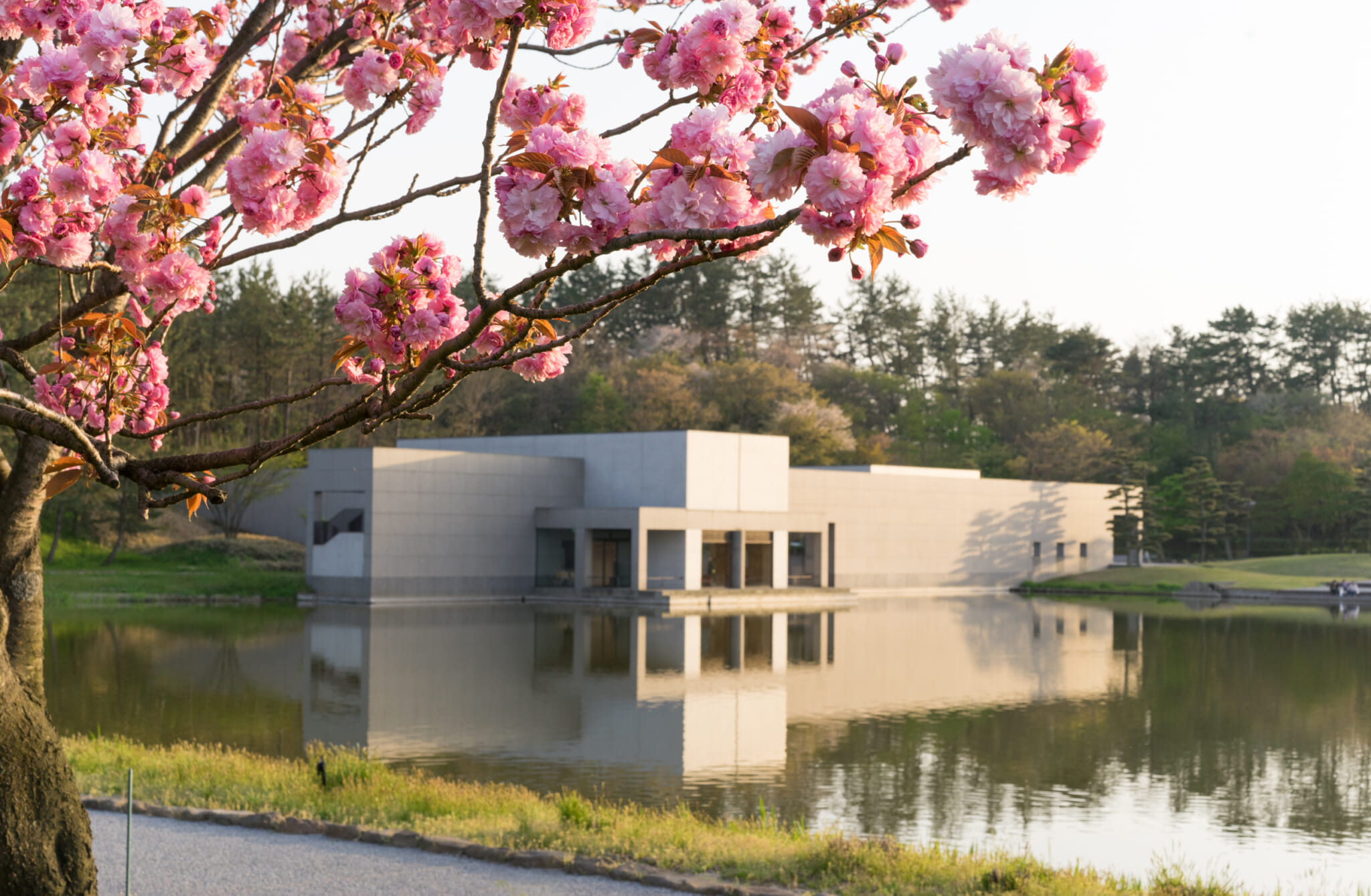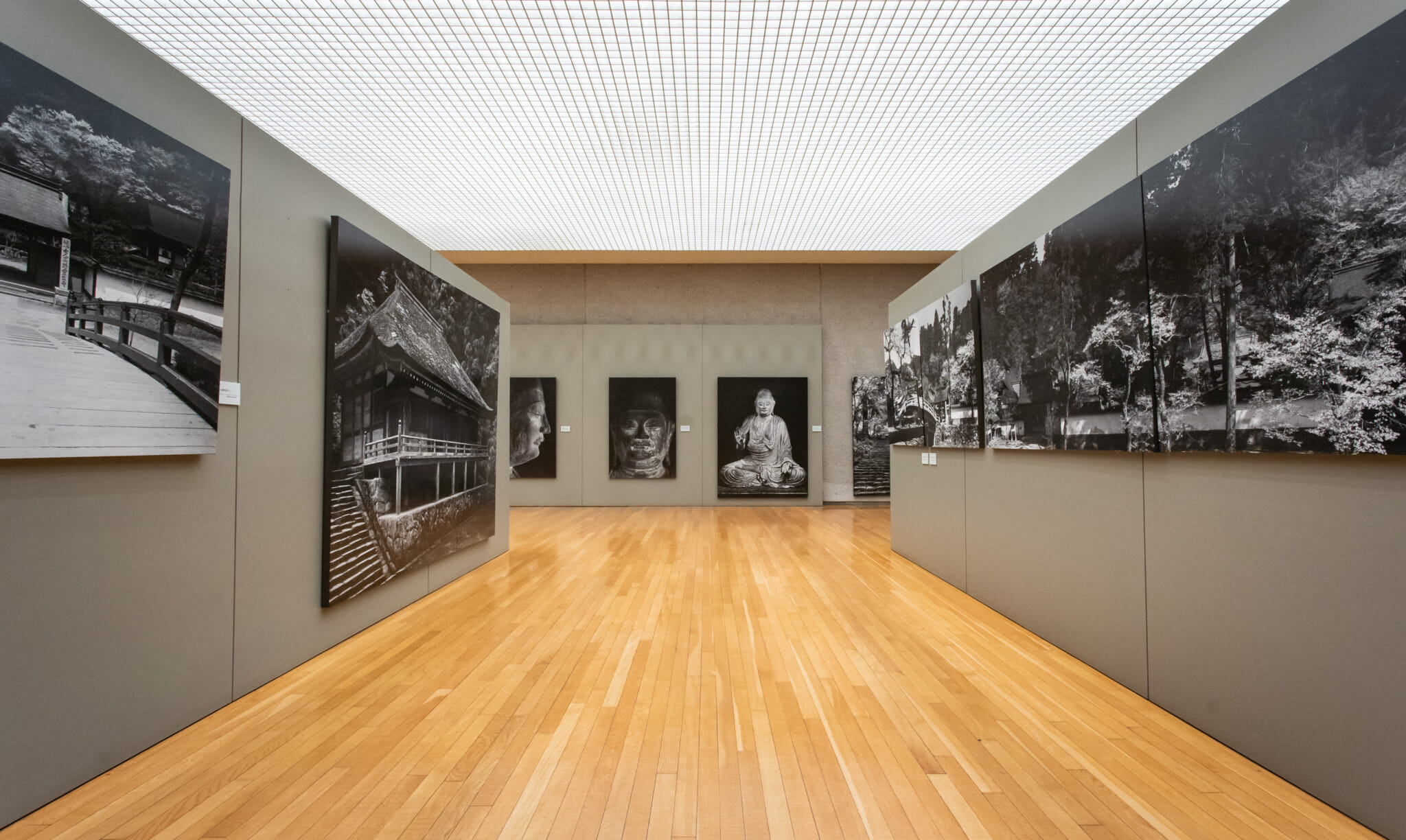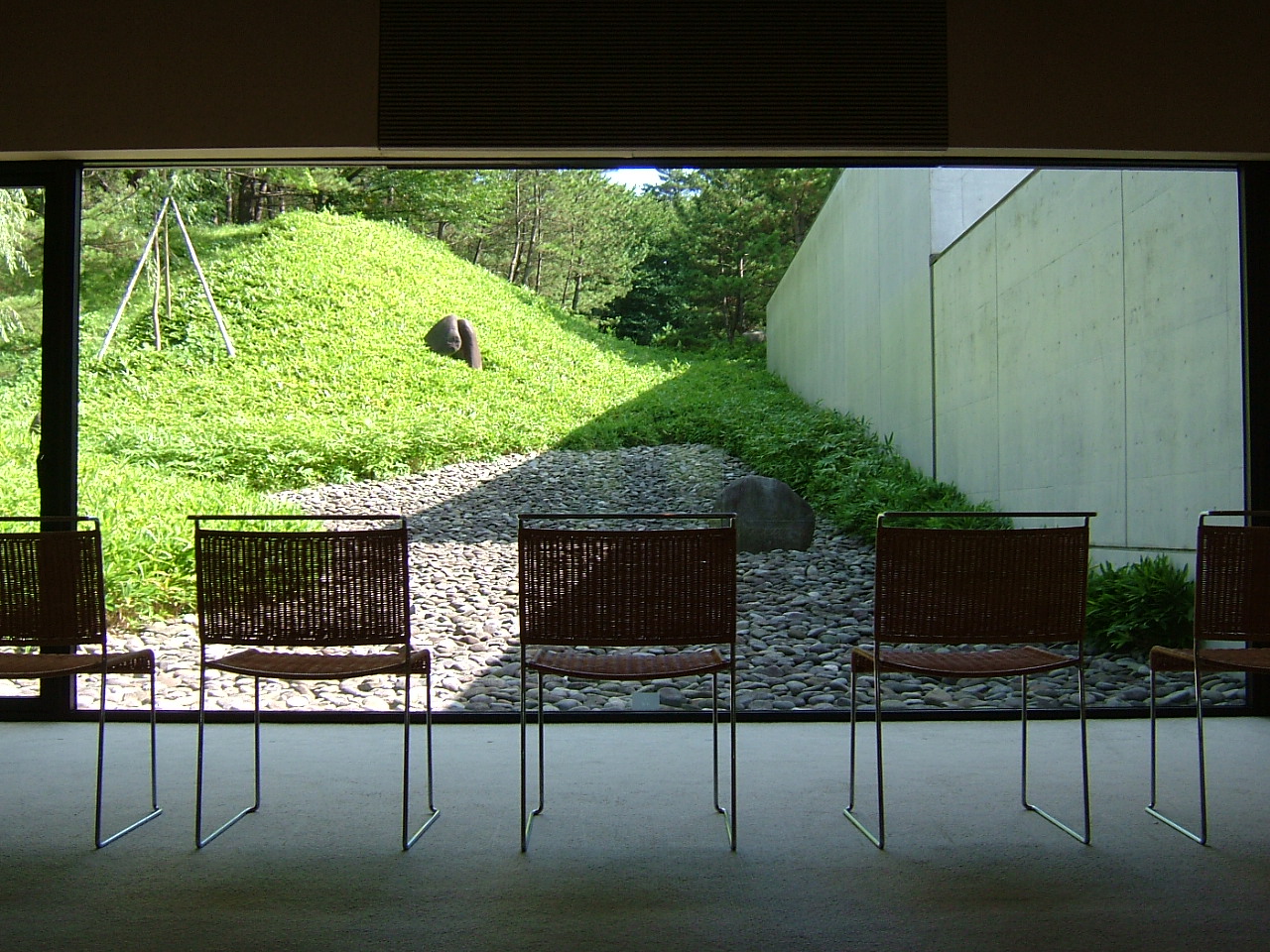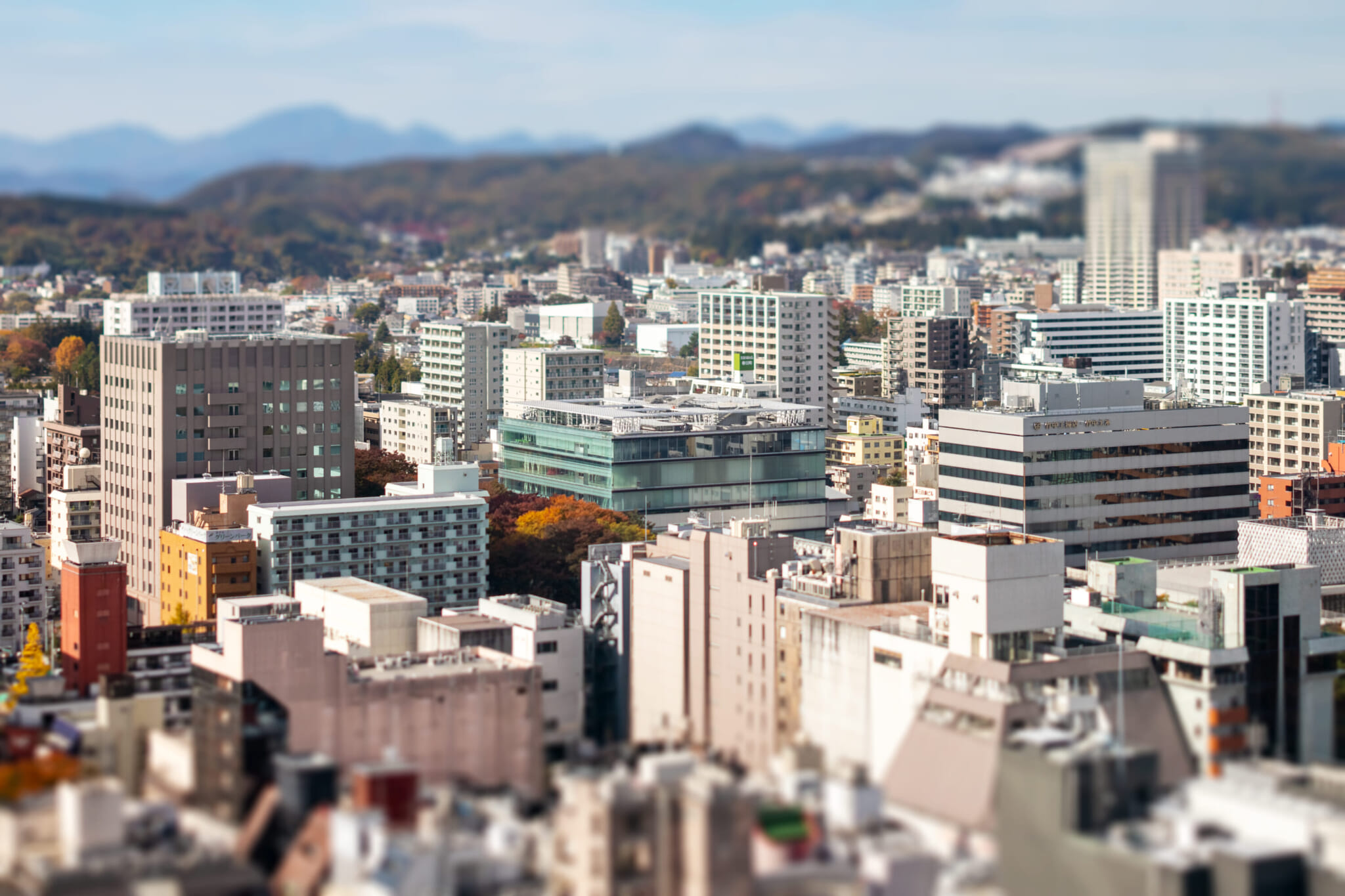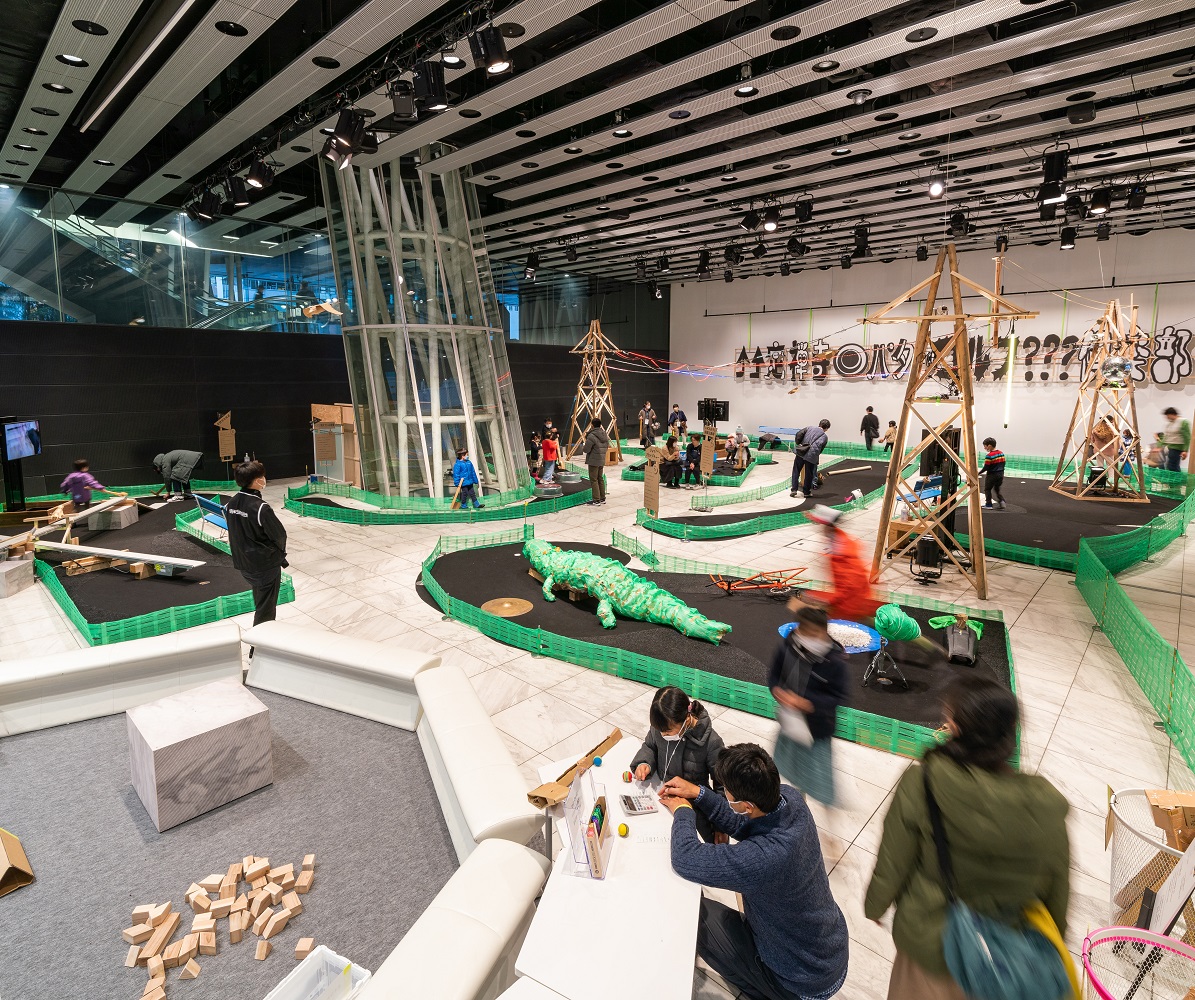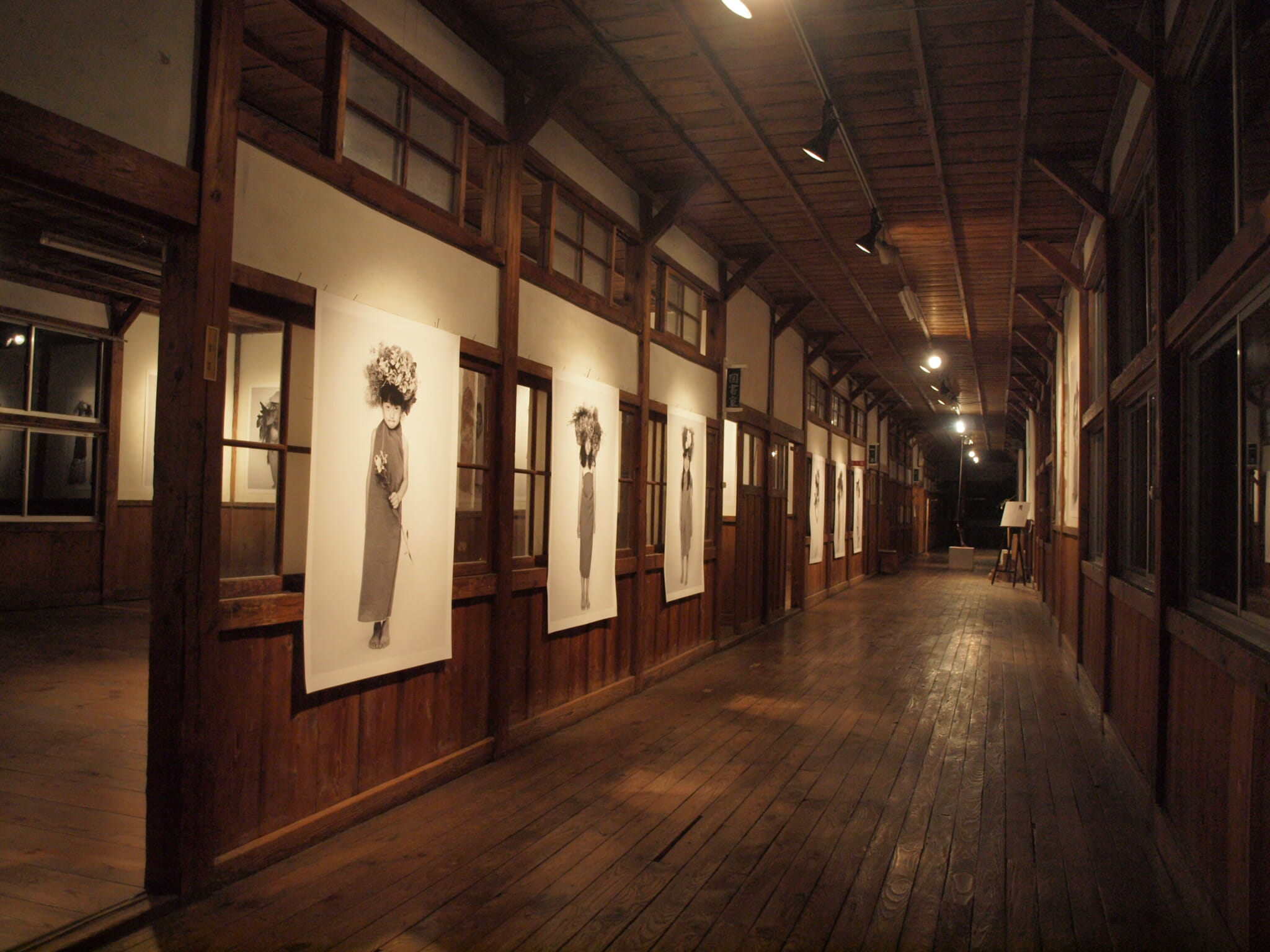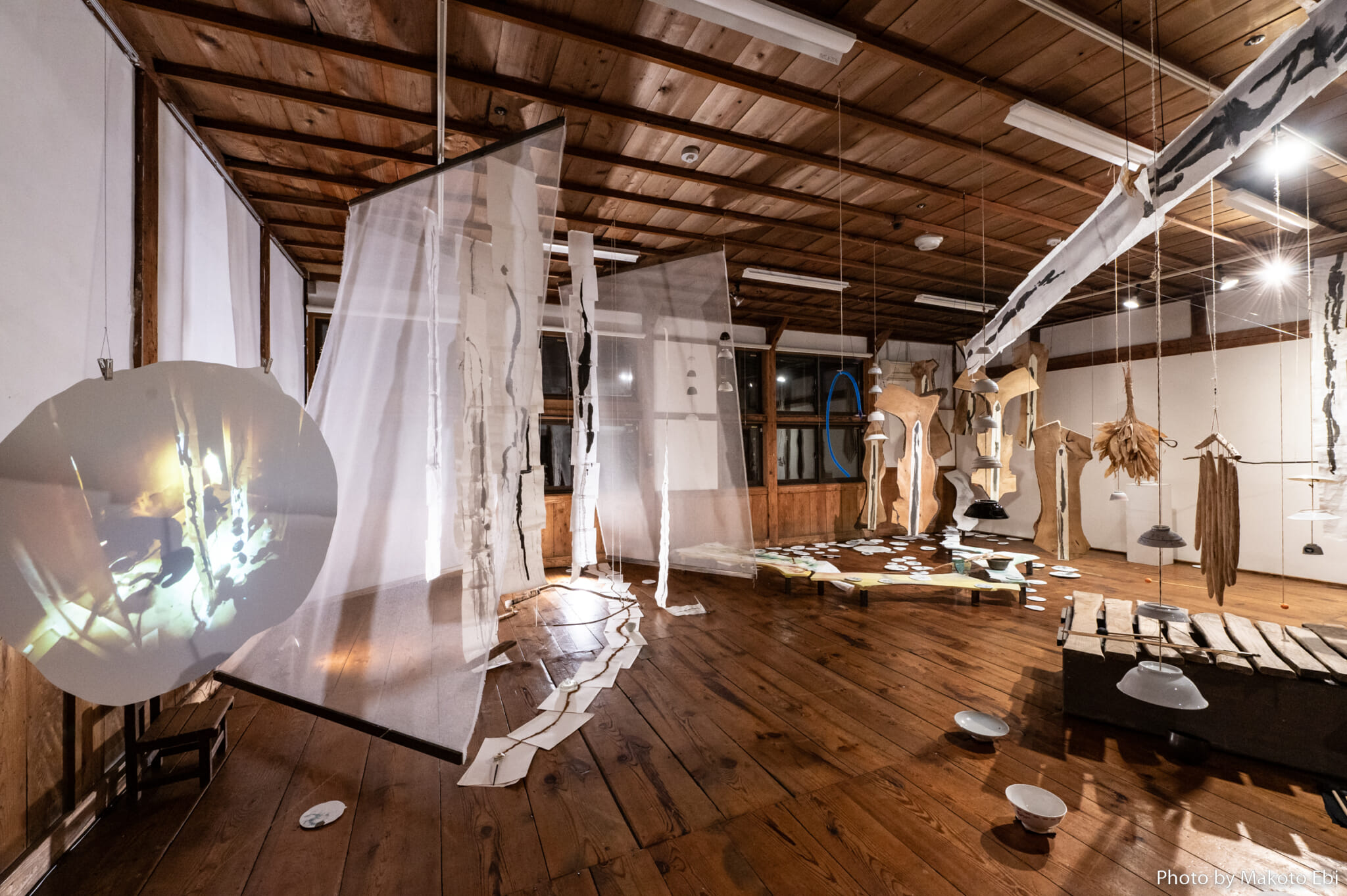Tohoku, the northern region of Japan’s largest island, has no shortage of places to experience art. Home to prehistoric Jomon sites where pottery, jewelry and spiritual objects continue to be unearthed today, it has existed as a cradle of culture since humans first roamed the archipelago. During Japan’s medieval period, Tohoku thrived as a land of samurai kingdoms and Buddhist art.
Its folk craft traditions, which include the kokeshi dolls of Miyagi Prefecture and the woven textiles of Aomori, became staples of the 20th century Mingei arts and crafts movement. In the postwar era, avant-garde performance arts such as butoh emerged from Tohoku. Today, its contemporary artists continue to seek out their own aesthetic, while also grappling with issues of environmental sustainability and state responsibility in the wake of the region’s earthquake and tsunami in 2011.
Many of Tohoku’s cultural centers have attracted nationwide attention. Aomori Prefecture in particular boasts a strong network of art institutes, including the Towada Art Center, the Hirosaki Museum of Contemporary Art and the recently relaunched Hachinohe Art Museum. This article looks at a few lesser-known spots for art in Tohoku that you’ll want to keep on your radar. There’s one site for each prefecture (Aomori, Iwate, Akita, Yamagata, Miyagi, and Fukushima), plus a few bonus destinations for good measure.
Aomori Prefecture: Aomori Contemporary Art Centre
Aomori Contemporary Art Centre (ACAC), run by Aomori Public University, was built in 2001 as an example of Tadao Ando’s “unseen architecture.” Blending seamlessly into a forest at the foothills of the Hakkoda mountain range, its facilities include galleries, an outdoor theater, a library and artist living quarters. There are studios for photography, printing, woodworking and audio-visual arts. In addition to exhibitions and performances, visitors can enjoy strolling through grounds dotted with masterpieces by sculptors such as Tatsuo Kawaguchi, Noe Aoki, Keiji Uematsu and Kimio Tsuchiya. The current exhibition places fabric dyeing artists Shihoko and Shigeki Fukumoto in conversation with pre-modern textiles from the South Pacific. ACAC is a 20-minute taxi ride from Aomori airport.
Also in Aomori
Munakata Shiko Memorial Museum, in the prefectural capital of Aomori city, is closing its doors at the end of March 2024 after nearly 50 years. Shiko Munakata (1903–1975), awarded the prestigious Order of Cultural Merit, elevated Japanese printmaking to the global stage with works featuring bold compositions and motifs inspired by nature, Buddhism, and Tohoku culture. The museum is presenting four more seasonal shows before its collection moves to the Aomori Museum of Art next spring. The National Museum of Modern Art, Tokyo, is also holding a Munakata retrospective this autumn, but time is running out to see this master’s work on his home turf amid a tranquil garden and traditional architecture.
Shuji Terayama Museum preserves and displays the theater props and personal effects of an avant-garde playwright who helped make postwar Japan all the more surreal through his countercultural writings, performances and films. Located in the town of Misawa, where Terayama grew up, this museum is a fantastic voyage into Terayama’s imagination, presenting permanent, special and even VR exhibitions. It will host a spring festival observing the 40th anniversary of the artist’s death with carnival-like events on May 4.
Iwate Prefecture: Cyg
Cyg, a contemporary gallery in the Iwate capital of Morioka, focuses on artists from and based in the north. Aiming to be “a space where the arts of Tohoku intersect,” it is named after the Northern Cross (Cygnus) constellation. A recent show highlighted the work of Sayaka Fukuda, whose colorfully dappled oil paintings distill emotions and memories in snapshot-like images. The Akita-based photographer Yu Kusanagi’s works, on show through April 26, are strikingly abstract meditations on natural phenomena like water droplets and sunlight. In addition to serving as a commercial gallery, Cyg holds the annual Art Book Terminal Tohoku and the Tohoku Portfolio Exhibition, both of which accept works submitted by the public.
Also in Iwate
Morioka History and Culture Museum, located where a samurai fortress once stood, spotlights Morioka Castle and the Nambu clan that ruled the region for some 700 years with displays of emaki picture scrolls, craftworks, archeological artifacts and other local treasures. An exhibition this March showcased Nambu ironware, a staple of the Mingei folk arts movement. Another show running through mid-May looks at the “artisan spirit” of Morioka’s metalsmiths.
Akita Prefecture: Yokote Masuda Manga Museum
Yokote Masuda Manga Museum in the city of Yokote, Akita Prefecture is a treasure trove of manga and an immersive experience for fans of the genre. It holds Japan’s largest collection of genga (original manuscripts), totaling more than 450,000 pages. The museum opened in 1995 with a reserve of work by the Yokote-born artist Takao Yaguchi, author of Tsurikichi Sanpei (Fisherman Sanpei). It now houses genga by some 180 creators, including Kodansha Manga Award-winner Akiko Higashimura and Goseki Kojima, of Kozure Okami (Lone Wolf and Cub) fame. Visitors can explore the culture of manga and its production processes and check out a library stocked with some 25,000 volumes. There is also a manga-themed café and a workshop space for learning tricks of the trade from an artist.
Also in Akita
The contemporary art gallery Biyong Point is affiliated with Akita University of Art and run by the non-profit Arts Center Akita and the local TV station CNA. Its experimental shows and educational projects cultivate creative talent while connecting artists and the public. It holds exhibitions and events throughout the year, displaying cutting-edge photography, design, installation art and more from students and graduates.
Yamagata Prefecture: Ken Domon Museum of Photography
Ken Domon Museum of Photography opened in 1983 as the first photography museum in Japan after its namesake donated his entire body of work to his hometown of Sakata, Yamagata Prefecture. Domon (1909–1990) left an indelible mark as both a photojournalist and art photographer who documented the social realities and cultural heritage of his country in the 20th century. He is particularly noted for his shots of temples and Buddhist statues across Japan, captured in the five-volume opus “A Pilgrimage to Ancient Temples.” (Some images from this series can be seen at the Tokyo Photographic Art Museum through May 14).
The museum in Yamagata, awarded two stars in the Michelin Green Guide Japan in 2009, presents all 135,000 of Domon’s photographs in regular succession, offering the chance to view the pioneering cameraman’s work in depth. The building, designed by celebrated architect Yoshio Taniguchi, is a modernist marvel studded with tributes from fellow artists, including sculptor Isamu Noguchi and filmmaker Hiroshi Teshigahara. A special 40th anniversary exhibition on display until July 9 compares Domon’s work with that of Yonosuke Natori, his contemporary and rival.
Also in Yamagata
Yamagata Creative City Center Q1 launched last September, after Yamagata city joined the UNESCO Creative Cities Network in 2019 in a bid to boost the local economy through its film sector. (Yamagata hosts the world’s longest-running international documentary film festival). Center Q1, based in a stately early Showa-era building, formerly an elementary school, serves as a hub for creativity of all kinds, from film to music, design, crafts and cuisine. It also operates as a headquarters for the Yamagata Biennale art festival while housing three floors of galleries, offices, shops, studios, eateries and a theater. There are special events such as talks and market days, as well as an online shop offering a unique selection of crafts, books and art items.
Miyagi Prefecture: Sendai Mediatheque
Sendai Mediatheque, designed by the Pritzker Prize-winning architect Toyo Ito, opened in the heart of the Miyagi capital in 2001. This seven-story glass structure on leafy Jozenji-dori avenue is a civic center and locus of culture free to the public. Its facilities include a stunning two-story library, galleries, a theater and gift shop. Shows by accomplished artists such as Fumiaki Aono and Tadashi Kawamata have burnished Mediatheque’s reputation for innovative exhibitions and community collaboration. Its audio-visual archives include an ongoing project about the Great East Japan earthquake and tsunami produced by citizens and artists together.
Also in Miyagi
SARP (Sendai Artist-Run Place) is a gallery and event space with a history dating back 35 years. It promotes the works of 30 contemporary artists, with a focus on local creators. A cafe in the building lets visitors take in art while enjoying refreshments.
Kiwamarisou Ishinomaki is a four-gallery space in what was once a private home on the Sanriku coast. Opened in time for the 2017 Reborn-Art Festival, the space features contemporary art and crafts by residents of the city of Ishinomaki.
Fukushima Prefecture: Nishiaizu International Art Village (NIAV)
Nishiaizu International Art Village (NIAV) is an artist residency and community center with regular exhibitions and events. Steeped in the satoyama mountainside farming culture of Fukushima’s Aizu area, NIAV operates out of a sprawling wooden schoolhouse that was a junior high school until 2001. Over the past two decades, NIAV has hosted hundreds of artists, designers, musicians and other creatives from across the world, who produce their own work while helping revitalize a depopulated town. Exhibitions range from photography and installation art to ikebana and calligraphy, with theater and other live performances as well. There is a woodshop for making crafts and a rental kitchen for cooking. NIAV can be reached from Tokyo by train and by an on-demand bus in about four hours, or, according to the website, roughly 10 days on foot.
Also in Fukushima
Kiyoshi Saito Museum of Art is one of the many places worth visiting along the scenic Tadami Line running between Fukushima and Niigata prefectures. Saito was a 20th-century Aizu-born printmaker whose internationally acclaimed works blended abstraction and realism in modern yet nostalgic scenes. Accessible by bus from Aizu-Yanaizu station, the museum contains around 1,000 items including Saito’s prints, ink paintings and sketches. It is opening a new show about textures in Saito’s work on April 22.
Totonoel in Koriyama is a chic gallery and café started by a group of architects wanting to breathe life into the area after the 2011 disasters. The wooden compound hosts exhibitions by prominent photographers such as Daido Moriyama and Naoki Ishikawa while serving coffee and espresso tonics. Signed photo books are available for purchase. Opening days and hours vary, so please check the Instagram account before visiting.


